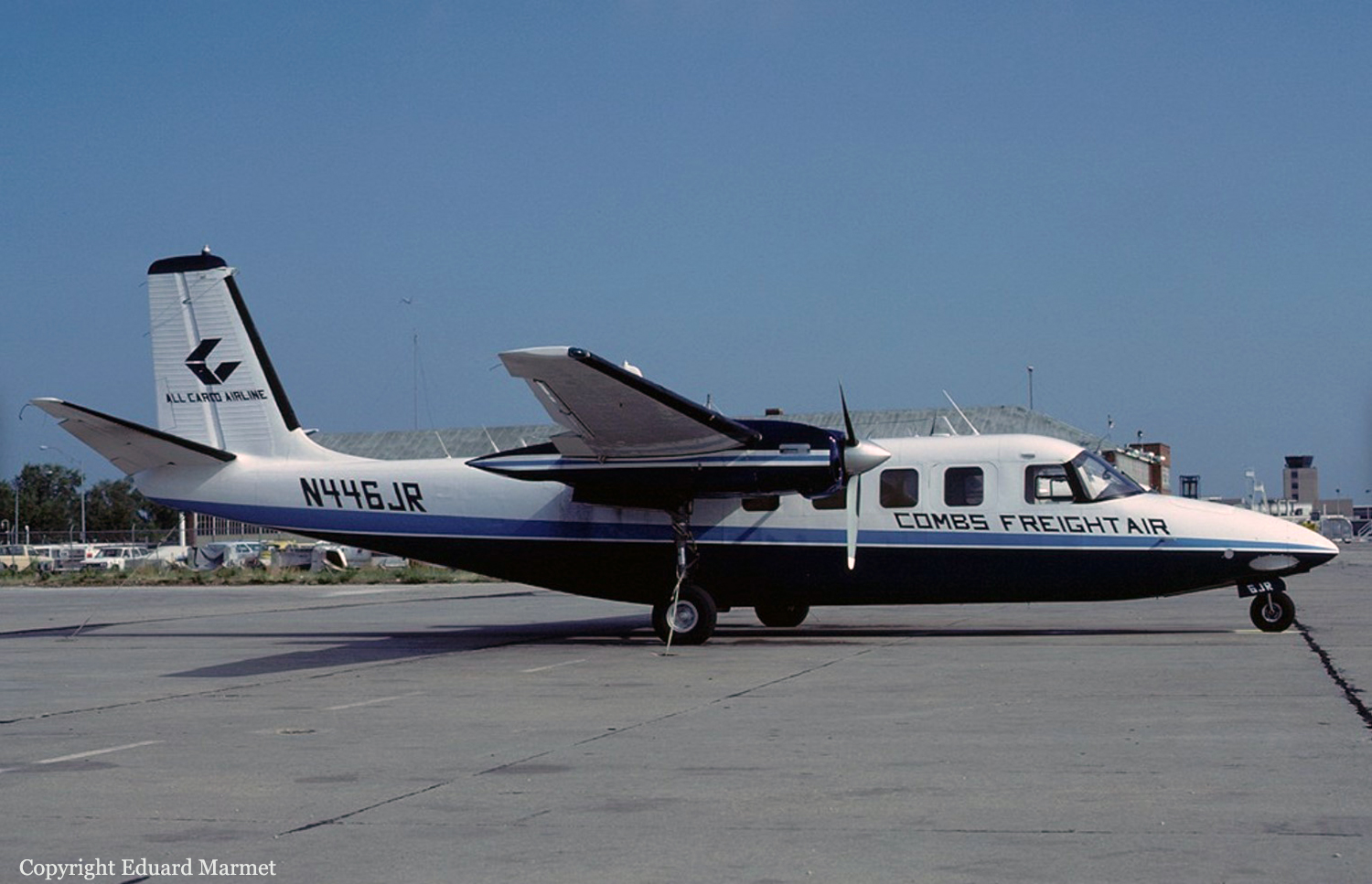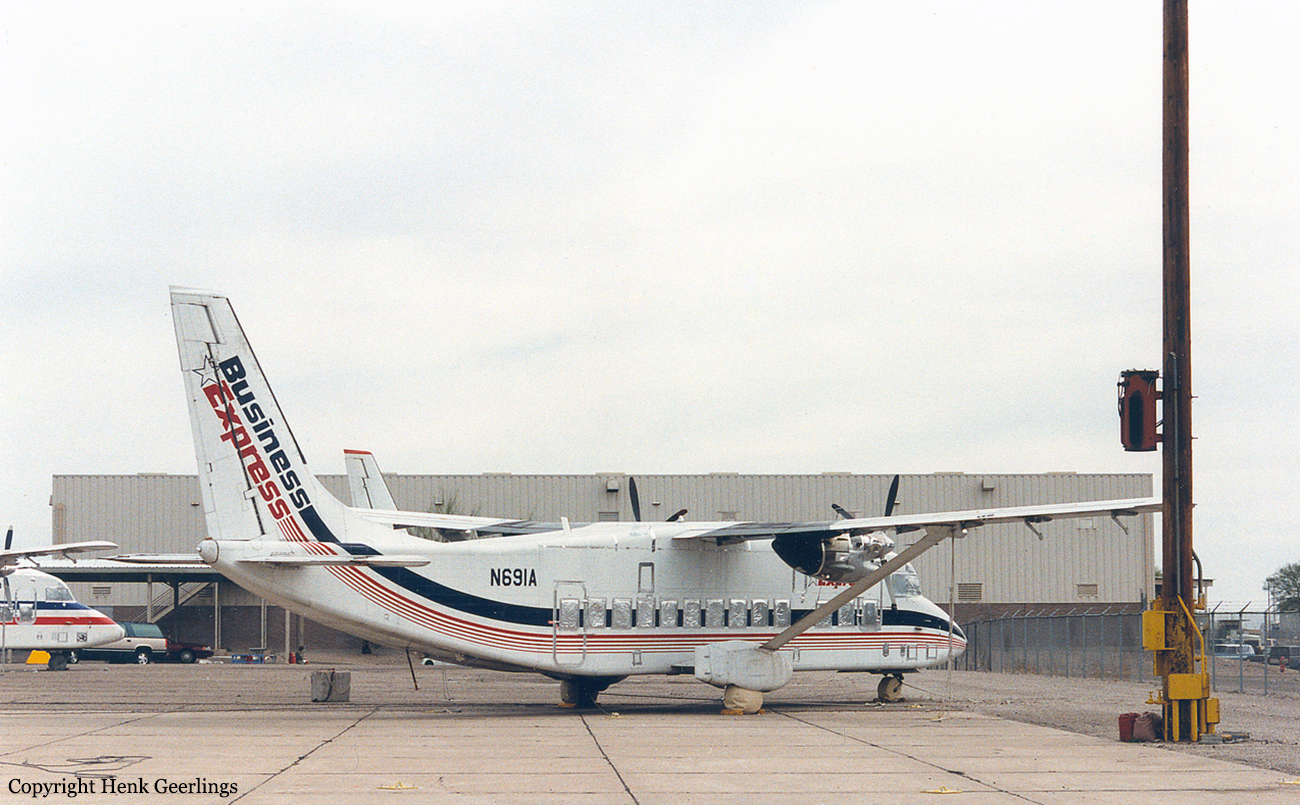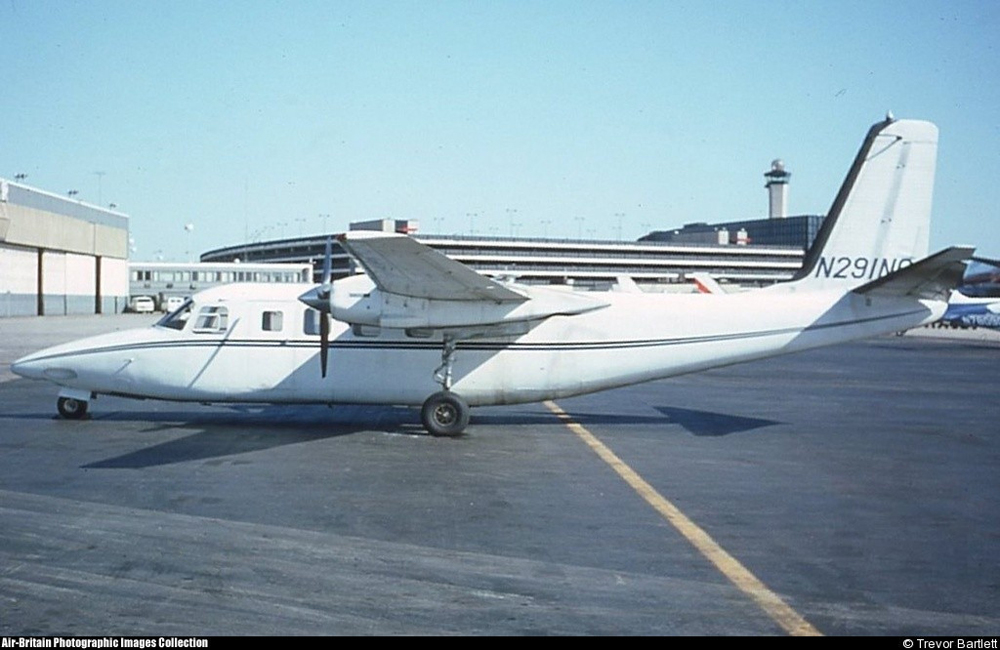Crash of a Rockwell Grand Commander 680FL in Helena: 1 killed
Date & Time:
Jun 16, 1998 at 1800 LT
Registration:
N446JR
Survivors:
No
Schedule:
Kalispell - Helena
MSN:
680-1325-10
YOM:
1963
Crew on board:
1
Crew fatalities:
Pax on board:
0
Pax fatalities:
Other fatalities:
Total fatalities:
1
Captain / Total hours on type:
344.00
Aircraft flight hours:
17972
Circumstances:
The pilot of the Part 135 cargo flight was executing the 'full' ILS runway 27 approach at Helena Regional Airport in a non-radar environment. Although the approach calls for the pilot to maintain 7,000 feet until intercepting the glideslope, the aircraft impacted the terrain at 5,300 about 1.5 miles prior to reaching the point where the pilot should have crossed the Hauser NDB at an altitude of 6,741 feet. According to the approach plate, the aircraft should not have descended to an altitude below 5,400 feet until reaching the outer marker, which is located about five and one-half miles west of the impact site.
Probable cause:
The pilot's failure to maintain the correct altitude while turning inbound during a procedure turn to the ILS final approach course. Factors include hilly/mountainous terrain and clouds in the area where the course reversal was performed.
Final Report:




